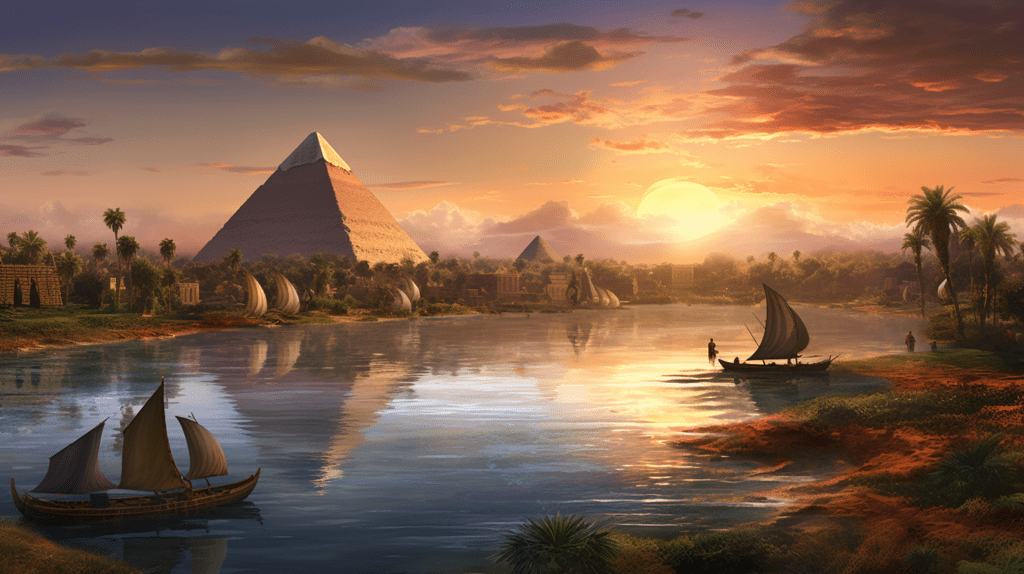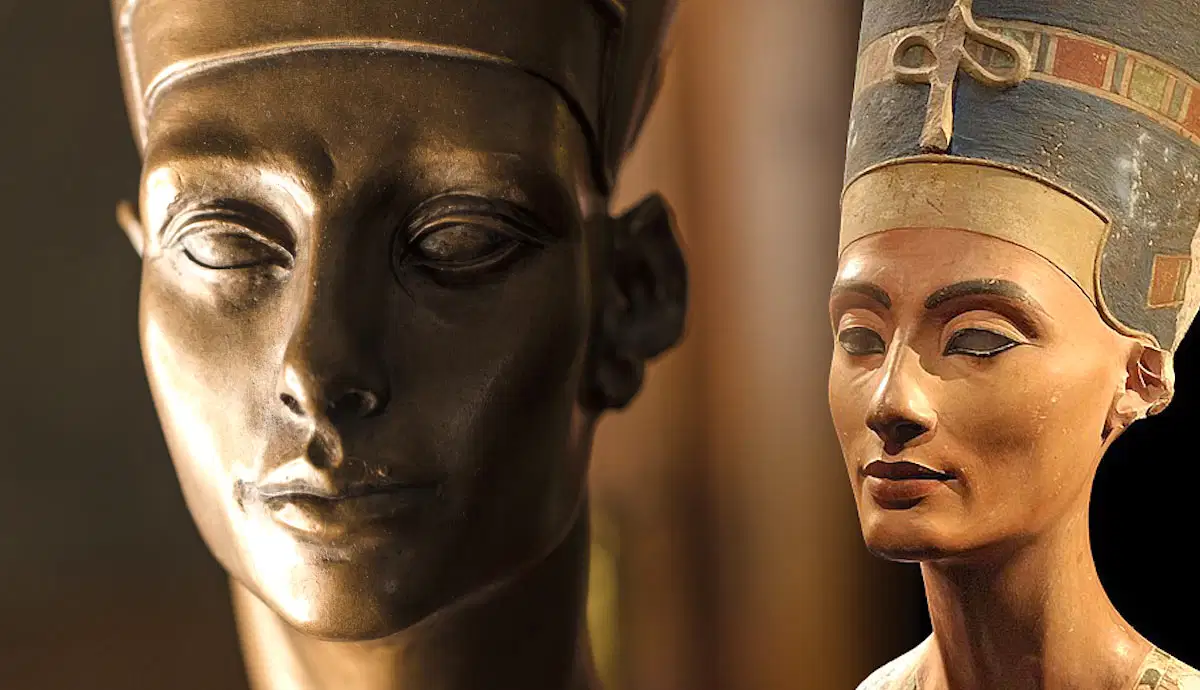solsticeuniversity.com – The Egyptian civilization is one of the oldest and most fascinating in human history. It thrived along the banks of the Nile River for over 3,000 years, from around 3100 BCE until its conquest by Alexander the Great in 332 BCE. Known for its remarkable achievements in architecture, art, and governance, ancient Egypt left an enduring legacy that continues to captivate scholars and enthusiasts today.
The Rise of Egyptian Civilization
The civilization of ancient Egypt was centered around the Nile River, which provided fertile land for agriculture and a means of transportation. The predictable flooding of the Nile allowed the Egyptians to develop a stable food supply, which led to the growth of settlements and the rise of powerful dynasties.
Egyptian society was highly structured, with a divine ruler, the Pharaoh, at the top. The Pharaoh was considered a living god, responsible for maintaining order and ensuring prosperity. Below the Pharaoh were priests, nobles, scribes, and artisans, while farmers and laborers formed the majority of the population.
The Pyramids: Engineering Marvels of Ancient Egypt
The pyramids of Egypt are among the most iconic structures in the world. Built as tombs for the Pharaohs, these monumental edifices reflect the Egyptians’ advanced engineering skills and deep religious beliefs.
The Great Pyramid of Giza
The most famous of all pyramids is the Great Pyramid of Giza, built for Pharaoh Khufu around 2580 BCE. Originally standing at 146.6 meters (481 feet), it was the tallest man-made structure for over 3,800 years. It is accompanied by the pyramids of Khafre and Menkaure, along with the Great Sphinx, a colossal limestone statue with the body of a lion and the head of a Pharaoh.
Construction Techniques
Despite extensive research, the exact methods used to construct the pyramids remain a mystery. However, scholars believe that the Egyptians employed a vast workforce, ramps, and simple tools such as copper chisels and wooden sleds to transport massive limestone blocks. The precision with which these structures were built continues to astonish modern engineers.
Religious and Cultural Significance
The pyramids were not merely tombs but also played a significant role in Egyptian religion. The ancient Egyptians believed in the afterlife, and the pyramids served as grand burial sites, containing treasures, food, and other offerings to ensure a smooth journey to the afterlife. Hieroglyphic inscriptions on the tomb walls often depicted scenes of daily life, religious rituals, and prayers to the gods.
Legacy of the Egyptian Civilization
The Egyptian civilization left behind an extraordinary cultural and intellectual heritage. Its contributions to art, mathematics, astronomy, and medicine have influenced countless generations. Today, the pyramids continue to be a major tourist attraction and a source of inspiration for historians and archaeologists worldwide.
The mysteries of ancient Egypt, particularly the construction and purpose of the pyramids, continue to spark curiosity and research, making this civilization one of the most studied in history.




